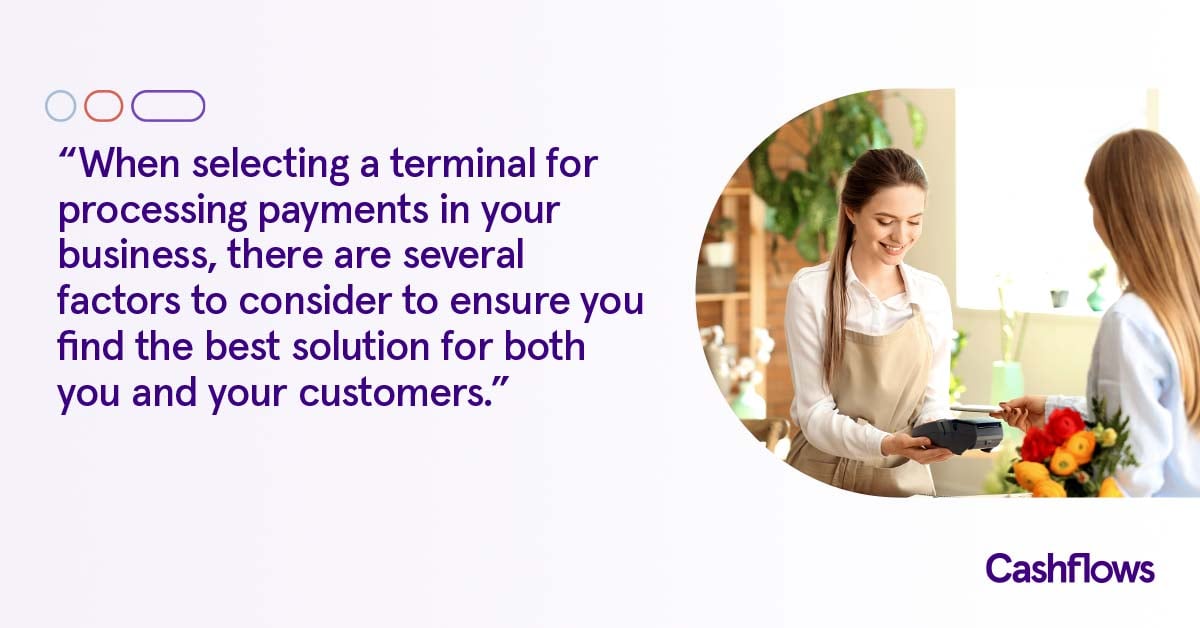Seamless online checkouts are key for maximising conversion and reducing transaction abandonment for businesses. Almost 70% of online shoppers abandon checkout without a purchase, primarily due to an inconvenient checkout process1. Conversely, by optimising checkouts businesses can expect a 35% uplift in ROI2. Implementing easy to navigate and simple checkouts with the fewest number of steps is crucial and, as what your customers need and expect varies depending on individual businesses and industries, it’s customisation that enables this.
But which type of checkout is right for your business and what options are there to customise your customer experience?
Redirect Hosted Payments Page (HPP)
A redirect Hosted Payment Page is a third-party webpage managed by your payments provider, where all transactions are completely secure3. No customer card data ever touches your own systems, meaning compliance is easy and you minimise the risk of fraud.
Whilst HPPs are the easiest checkout option for a business to implement, with minimal developer work required, they can create friction in the checkout process. By using one of these pages, you require customers to be diverted away from your site to make their payments. This can often lead to abandonment, as customers notice a change in web address or a discrepancy in design and worry that their transaction won’t be safe and that your website is fraudulent4.
Fraud is of great concern to those making online purchases, meaning one of the most important problems facing businesses with online checkouts is how to make customers comfortable with parting with their card data in the assurance that it will be kept safe. In 2022, 18% of buyers abandoned their purchases because they’re concerned about the security of their info, showcasing just how crucial coming across as legitimate and secure is5.
This is why customisation is key to a good HPP. By adding your logo and design elements, customers see continuity across your site and the checkout process, which is reassuring. Finding a payments provider that allows you to customise your page easily and provide different payments options to allow your customers to pay how they’d like to, not only ensures your customers are happy and increases conversion, but also reduces the amount of time you have to spend creating your checkout.
IFrame Hosted Payment Page (HPP)
IFrame HPPs, use iframe technology to give the appearance to the end customer that they are entering their card data onto the merchants website so unlike Redirect HPPs, they do not give the appearance to a customer that they have been diverted off your site onto that of the payments provider. Instead, the payment providers HPP and transaction process sits in a window (the iframe) which is embedded directly into your site pages. This retains the security of an HPP, with all the data entered being held by your payments provider, rather than on your own systems, without compromising the look and feel of your branding or the flow of your online customer journey.
Using an iframe makes your checkouts far more sleek and gives you the option of adding things like last-minute cart suggestions to the webpage it sits on6. It also means that customers believe that they have never left your site, so after the transaction is complete you can seamlessly encourage them to make another purchase, to sign up to your mailing list, or perhaps direct them to your social media channels.
Embedded Frames
Embedded frames are the most customisable checkout option available., Consisting of multiple iframes, embedded frames are comprised of each of the transaction data fields operating as an individual box, meaning you can arrange them in whatever order, configuration, and combination you would like. All the data entered into these boxes, such as sensitive card data, is still received directly by the payments provider, protecting transactions from fraud and ensuring your business remains compliant.
This level of customisation gives you the option to add or eliminate more checkout fields depending on your customer needs, while still keeping your entire checkout on one page. Rule of thumb is the fewer fields and pages the better when it comes to checkout – you want it to be easy, fast, and simple to fill out7. However, if you need to find out more information, such as customisation of a product or patient information (if you’re a healthcare company) or you need a reference number, embedded frames allows you to add these fields right into your checkout alongside the payment fields.
This option can require more development work than the other two. However, it allows you to completely control the look and feel of your own checkout, as well as be flexible and adaptable to customer needs, adding and taking away fields as needed, allowing you to test different options and maximise your conversion rate.
Cashflows:
We prioritise understanding the businesses we work with inside and out, in order to give them the payments tools they need to provide incredible customer experiences and to evolve their businesses. To find out more about what we can offer you to ensure you provide your customers with easy checkouts and the choices they want, contact our team here.
Sources:
1 VIV
2 Convert
3 Finextra
4 WooCommerce
5 Ibid.
6 Pens
7 WooCommerce


